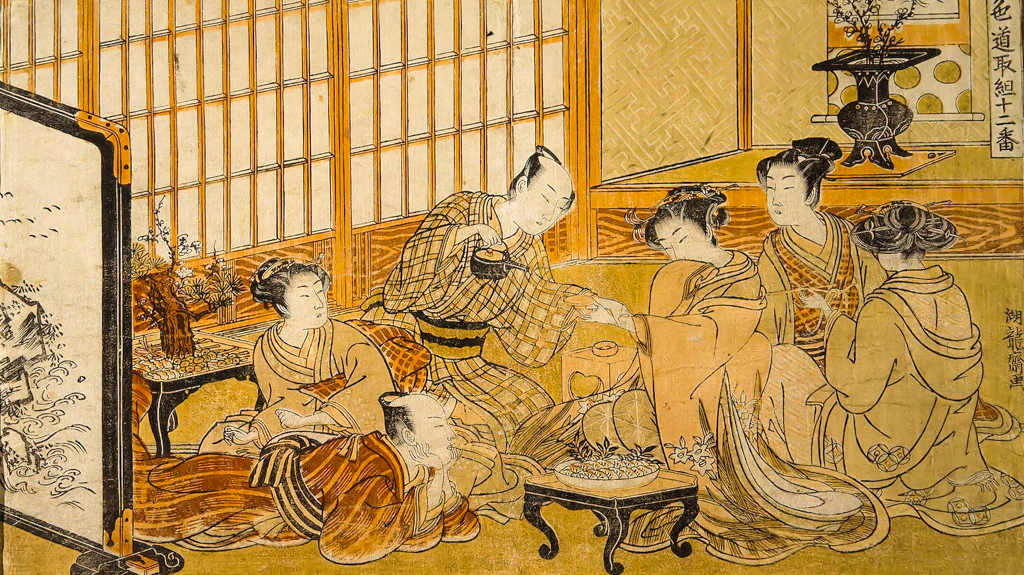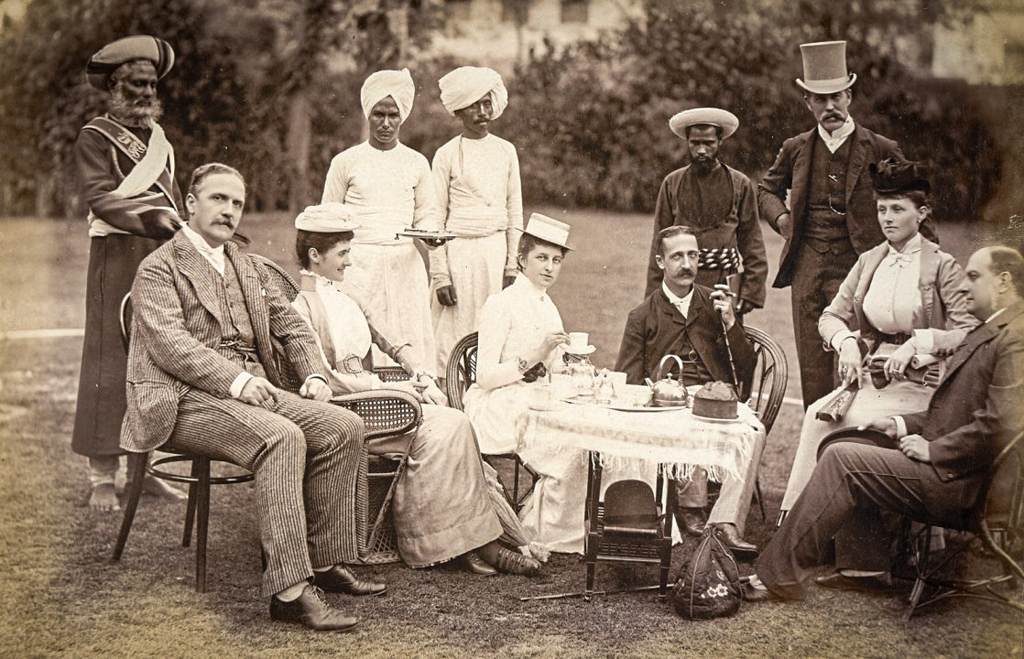
The Origins of Black Tea
The story of black tea begins thousands of years ago in ancient China. It was during the Tang dynasty (618–907) when tea makers discovered how oxidising tea leaves could create a new and bold type of tea. This marked the birth of black tea, which the Chinese call 'hong cha' (red tea) due to its deep, rich colour when brewed.
- The process of full oxidation gave black tea its distinctive flavour, setting it apart from the traditional green and oolong teas.
- Its robust taste quickly gained admirers, making it a favourite in many regions.
The Journey to Europe
Black tea’s introduction to Europe in the 17th century was a game changer for the global tea market. It was the Dutch and Portuguese traders who first brought this unique brew to European shores, sparking a demand that would only grow with time.
- 1600s: Black tea lands in Europe, captivating the palate of tea drinkers and cementing strong trade ties between Asia and Europe.
- The rich flavour and energising properties made it a popular drink in European high society.
The British Influence and Tea Cultivation in India
The British played a massive role in shaping the black tea industry as we know it today. By the 19th century, the British East India Company sought to reduce reliance on Chinese tea and started exploring other sources.
- 1830s: The discovery of wild tea plants in Assam, India, led to large-scale tea cultivation.
- 1840s: The region of Darjeeling began producing black tea that would become world-famous for its delicate and complex notes.
- The British set up extensive tea estates in India, using new cultivation techniques that laid the groundwork for modern tea production.

The Birth of Ceylon Black Tea
Sri Lanka, known as Ceylon during colonial times, entered the tea scene in the mid-19th century. Black tea in Ceylon began to flourish thanks to the dedication of pioneers like James Taylor.
- 1867: James Taylor planted the first successful tea crops in Ceylon, which quickly flourished.
- 1870s: Ceylon black tea gained a reputation for its bright, full-bodied flavour, perfectly capturing the tropical climate of Sri Lanka.
Black Tea in the Modern World
Fast forward to today, and black tea is a staple in homes, cafes, and restaurants around the globe. Its rich taste, versatility, and higher caffeine content make it a go-to beverage for many.
- 1900s: Black tea became even more widespread, with more countries joining the production game.
- Present Day: From classic English Breakfast blends to unique single-origin varieties, black tea continues to be celebrated for its bold flavour and adaptability.
A Snapshot of Key Moments in Black Tea History:
- 618–907 (Tang Dynasty): Oxidation of tea leaves discovered, leading to the creation of black tea.
- 1600s: Black tea introduced to Europe by Dutch and Portuguese traders.
- 1830s: Large-scale tea cultivation begins in Assam, India.
- 1840s: Commercial tea production starts in Darjeeling.
- 1867: James Taylor plants the first successful tea crops in Ceylon.
- 1870s: Ceylon black tea becomes internationally recognised.
- 1900s: Global black tea production expands to new regions.
Whether enjoyed plain, with milk, or sweetened with honey, black tea remains a timeless drink loved by millions. Its history is not just about trade and cultivation but also about how it has woven itself into the cultures and daily lives of people around the world.